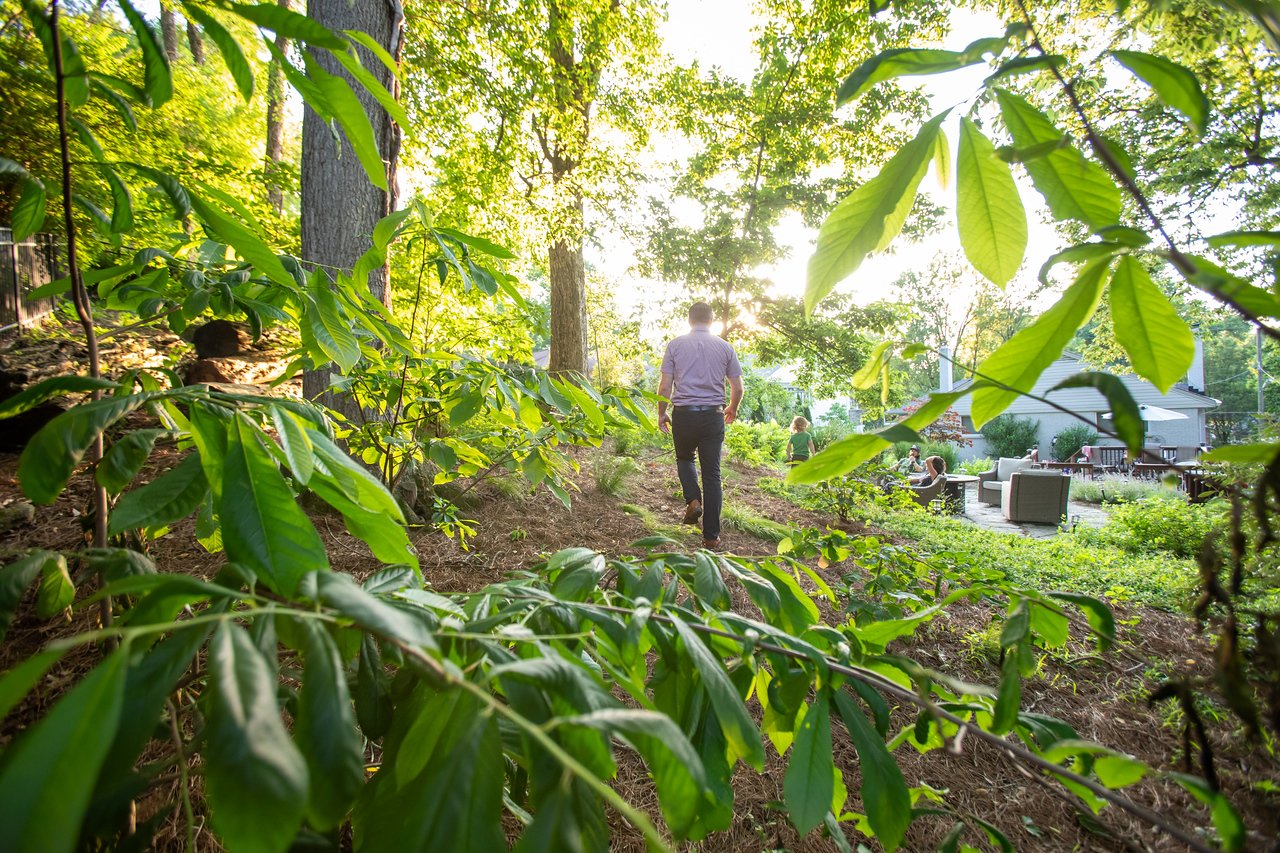How to Choose the Best Native Plants for Your Landscape
Spring is upon us, which means ‘tis the season to add more native plants to your landscape!
There are plenty of good reasons to go native this year. Native plants provide vital food and habitat sources for pollinators, birds, and other wildlife, helping to sustain our local ecosystems. And because they’re adapted to the regional climate, they are equipped to survive and thrive here. That means they’re much lower maintenance than conventional landscape plants. Native plants can also help reduce erosion, and they create a landscape aesthetic that looks and feels true to this place.
Native plants happily grow in a wide variety of conditions. But they all have their own preferences, so it’s important to match the plant to the site. As with more conventional gardening, the old adage applies: “Right plant, right place.”
Here are 5 tips to help you choose the right native plants for your specific landscape:
A native landscape benefits pollinators, people, and ecosystems. (Our Land Organics design and installation)
Identify your goals
Are you hoping to create a no-mow lawn? Are you aiming to bolster pollinators? Do you need to stop erosion? Are you trying to support forest restoration? Do you simply want a beautiful garden to relax in? Your goals should inform your plant choices at every stage of the design and installation process, so consider them carefully before getting started.
Note what’s already growing
Are any native plants occurring naturally in your yard? This can offer insights into the type(s) of plants that might thrive in the growing conditions on your property. For example, the presence of Lobelia cardinalis (cardinal flower) indicates moist soil, which will be better suited to some native plants than others. Coreopsis is a sun-loving genus of plants that won’t grow well in shady conditions, so its presence indicates a sunny growing spot.
Observe growing conditions
In particular, take note of:
Sun exposure. “Full sun” generally is defined as 6 or more hours of direct sunlight exposure during the day. Part sun is approximately 4 to 6 hours of direct sun. Part shade is approximately 2 to 4 hours of direct sun. And shady conditions are characterized by fewer than 2 hours of direct sunlight per day. Every plant has its own light requirements.
The soil. Is it consistently wet, dry, or somewhere in the middle? Is the texture sandy, silty, or clay? Is the pH acidic, alkaline, or neutral? Is the soil loose or compacted? It might be helpful to conduct a soil test to learn more about soil conditions in a specific part of your landscape.
Unique factors. Take note of whether the site in question is exposed to wind or other harsh weather conditions, whether new plants will need to compete with existing vegetation, and if there are any other unique factors (such as being near a roadside) that might affect the site.
A native landscape design in a wooded backyard mirrors plant communities that exist in regional forests (Our Land Organics design and installation)
Think in terms of plant communities
Planting a variety of native plants that grow together naturally in wild spaces achieves several goals:
It improves the chances that your plants will survive because they’re all adapted to similar growing conditions.
It increases biodiversity, which is important for ecosystem health.
It helps ensure the plants you install will “play nice” together, meaning certain plants won’t crowd out or otherwise inhibit the growth of others.
It provides wildlife and pollinators with a variety of food and nectar sources.
It offers varied bloom times and growth periods so something interesting is always happening in your garden.
If the concept of native plant communities is new to you, this resource can offer additional insights. You can also contact us with questions any time.
Consider future growth
It’s easy to get caught up in thinking about what a garden will look like now and forget to consider later. Before you put plants in the ground, think about what each plant will look like in the future. How big is it likely to get? Are you leaving enough space for that plant to fill in? How will you manage weeds in the meantime? When will each plant bloom? Does your plant palette represent a mixture of colors, textures, growth habits, and other seasonal interest?
Once you’ve followed these five steps, you can begin to narrow down your list of potential plants by researching native plants that are well suited to the conditions you’ve identified on your property. While it helps to have in-depth knowledge of individual plants, these general guidelines will increase your odds of selecting the right plants for the site in question.
If you need help with your native landscape design, don’t hesitate to contact us. Just fill out the contact form on our website. Happy planting!


